EPILOGUE – CORONAVIRUS THE TURNING POINT?
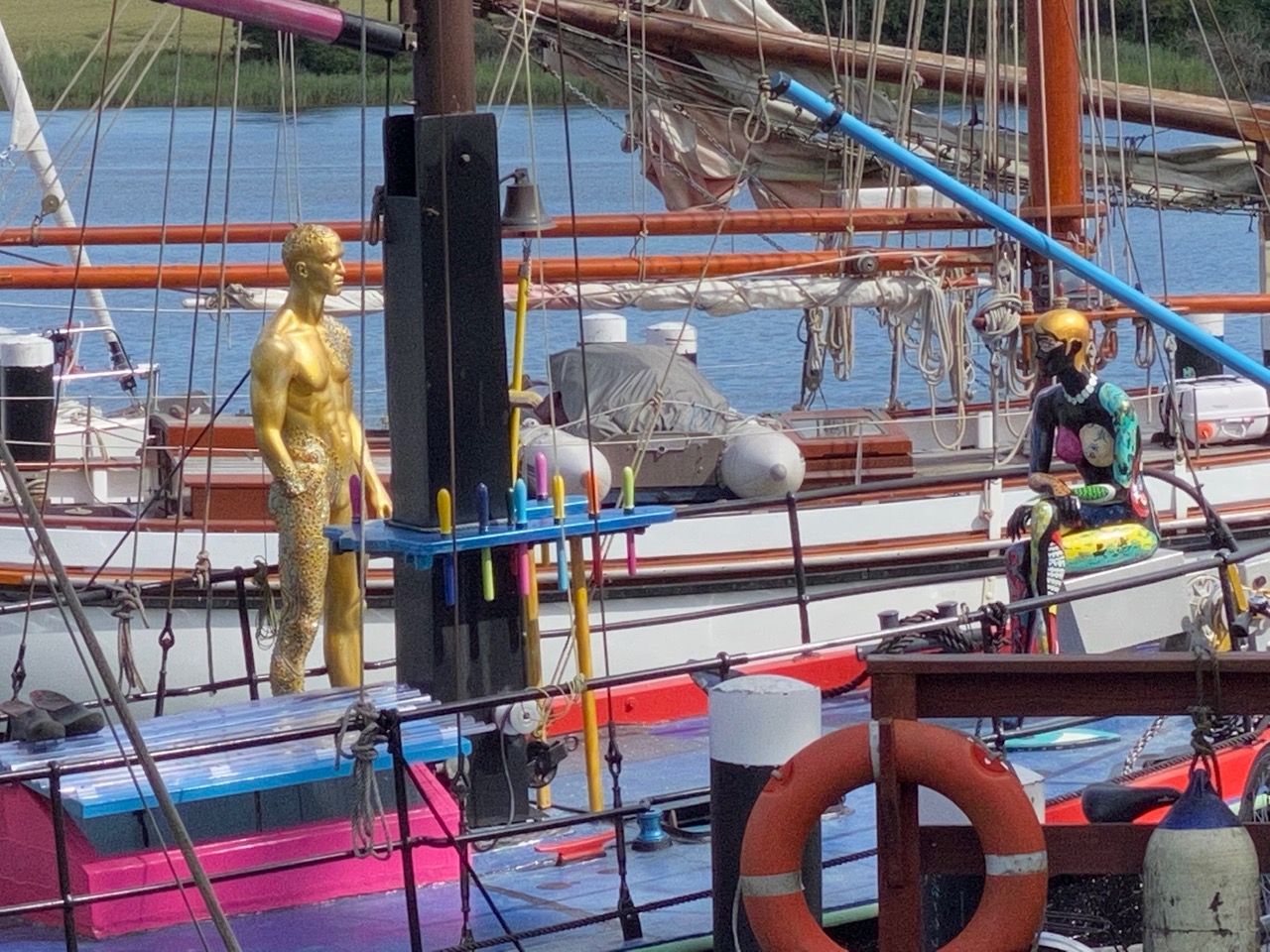 Having been in the game for several decades, I can report with some authority that while the dream of circumnavigating may be as captivating as ever for would-be bluewater adventurers straining at the leash of everyday life, the classic notion of absolute, unlimited freedom can no longer be reconciled with the reality. Gone with the wind are the days when we could put to sea free as a bird, more or less – or not at all – prepared and revel in that space to breathe and roam unfettered that so many find so sorely lacking on land. The plan of one day stepping aboard, hoisting the sails and leaving familiar land, responsibilities and worries far behind was like a valve that one could open in time of need – assuming one had the courage and, of course, a boat tough enough to cope with the world of adventure that awaited. Just set off and do it, every day a new surprise, every day a new discovery… And today?
Having been in the game for several decades, I can report with some authority that while the dream of circumnavigating may be as captivating as ever for would-be bluewater adventurers straining at the leash of everyday life, the classic notion of absolute, unlimited freedom can no longer be reconciled with the reality. Gone with the wind are the days when we could put to sea free as a bird, more or less – or not at all – prepared and revel in that space to breathe and roam unfettered that so many find so sorely lacking on land. The plan of one day stepping aboard, hoisting the sails and leaving familiar land, responsibilities and worries far behind was like a valve that one could open in time of need – assuming one had the courage and, of course, a boat tough enough to cope with the world of adventure that awaited. Just set off and do it, every day a new surprise, every day a new discovery… And today?

credit Vlado Porvaznik
We have grown accustomed to life on social networks, learned the rules and how to play the game and need never be truly alone no matter how far we range. One thing the online world cannot do for us, however, is keep the boat going: for all that electronic gadgets are as much a part of cruising today as sheets and halyards, ultimately we are still absolutely reliant on our own sailing ability and resourcefulness.
It is part and parcel of our bold voyaging that we keep a thriving community of engineers and replacement part logistics companies in business: rare indeed is the boat on which everything works properly all the time! Sometimes our interactions with this community can give the impression of helping to build understanding among the peoples of the earth, but the truth, I suspect, is that the itinerant sailor always remains an outsider. The mortar that really binds us together is always money – the money the one has and the other would like to obtain, be it with goods and services or, as the case may be, by relieving us of the dinghy in the small hours of the night.
Experience has taught us to give unsafe coasts a wide berth, to be aware of and to respect social tensions and to trust our gut feeling if it tells us to disappear in a hurry. The bush telegraph seems to work particularly well in popular anchorages, quickly spreading word of whatever it is everyone needs to know. Like it or not, the latest news seems to find its way aboard almost as soon as the hook is set (aided and abetted by our enthusiasm for gossip and social contact from beyond our own microhabitat).
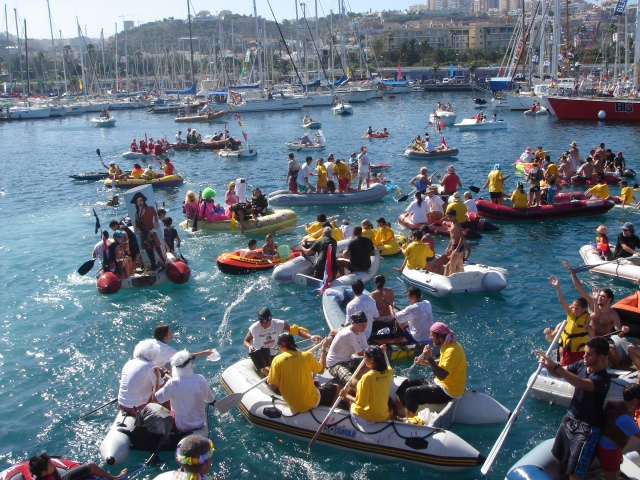 Sailors who hear the call of blue water but find their faith in their ability to cope alone dwindling rapidly as the shoreline recedes need not despair thanks to the rise of flotilla events – “guided sailing” – that provide a comprehensive, all-inclusive service in exchange for a healthy slice of the yacht’s budget. These events descend on far-flung harbours like a swarm of locusts, completely dominating the scene until the day comes to head for the next stop on the list and peace returns for the rest of the year.
Sailors who hear the call of blue water but find their faith in their ability to cope alone dwindling rapidly as the shoreline recedes need not despair thanks to the rise of flotilla events – “guided sailing” – that provide a comprehensive, all-inclusive service in exchange for a healthy slice of the yacht’s budget. These events descend on far-flung harbours like a swarm of locusts, completely dominating the scene until the day comes to head for the next stop on the list and peace returns for the rest of the year.
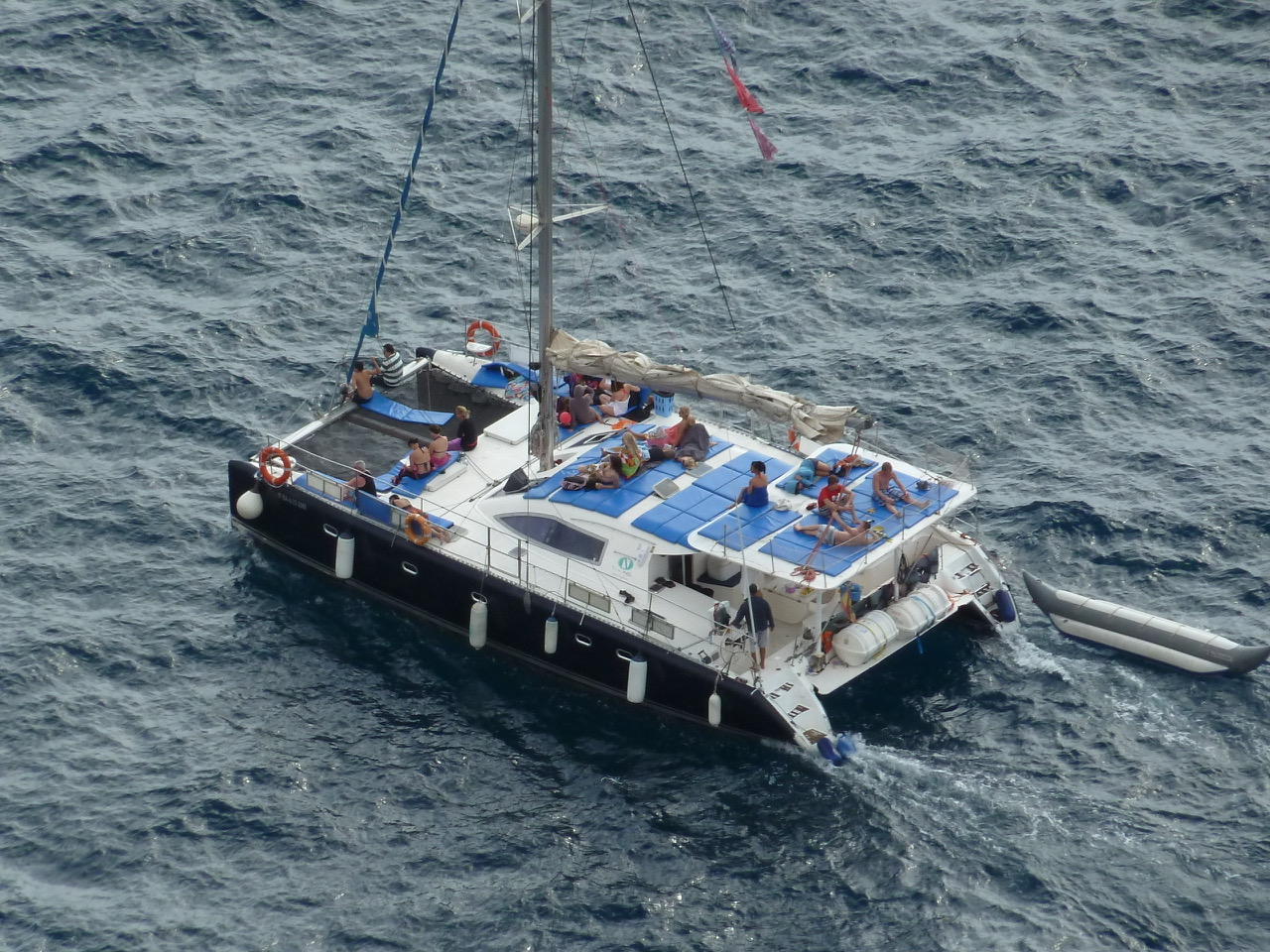 Sailors who struggle with time rather than self-reliance also have an easy solution at hand in the form of the ready-to-sail charter fleets that have sprung up all over the place: fly in, jump aboard, cast off, take some photos in this or that idyllic bay, breathe deep the fragrant air, ruffle the sand on an exotic beach or two, devour some photogenic seafood and generally unload a few months’ worth of stress before leaping back onto the hamster wheel refreshed, reanimated and eager for the next time. It’s all about fitting as much as possible into the limited hours available, ergonomically, economically and … egonomically. The fleets are large, the available destinations plentiful, the airports never too far from the dock, all things curated to create the right look, it doesn’t take long to search, click and book.
Sailors who struggle with time rather than self-reliance also have an easy solution at hand in the form of the ready-to-sail charter fleets that have sprung up all over the place: fly in, jump aboard, cast off, take some photos in this or that idyllic bay, breathe deep the fragrant air, ruffle the sand on an exotic beach or two, devour some photogenic seafood and generally unload a few months’ worth of stress before leaping back onto the hamster wheel refreshed, reanimated and eager for the next time. It’s all about fitting as much as possible into the limited hours available, ergonomically, economically and … egonomically. The fleets are large, the available destinations plentiful, the airports never too far from the dock, all things curated to create the right look, it doesn’t take long to search, click and book.
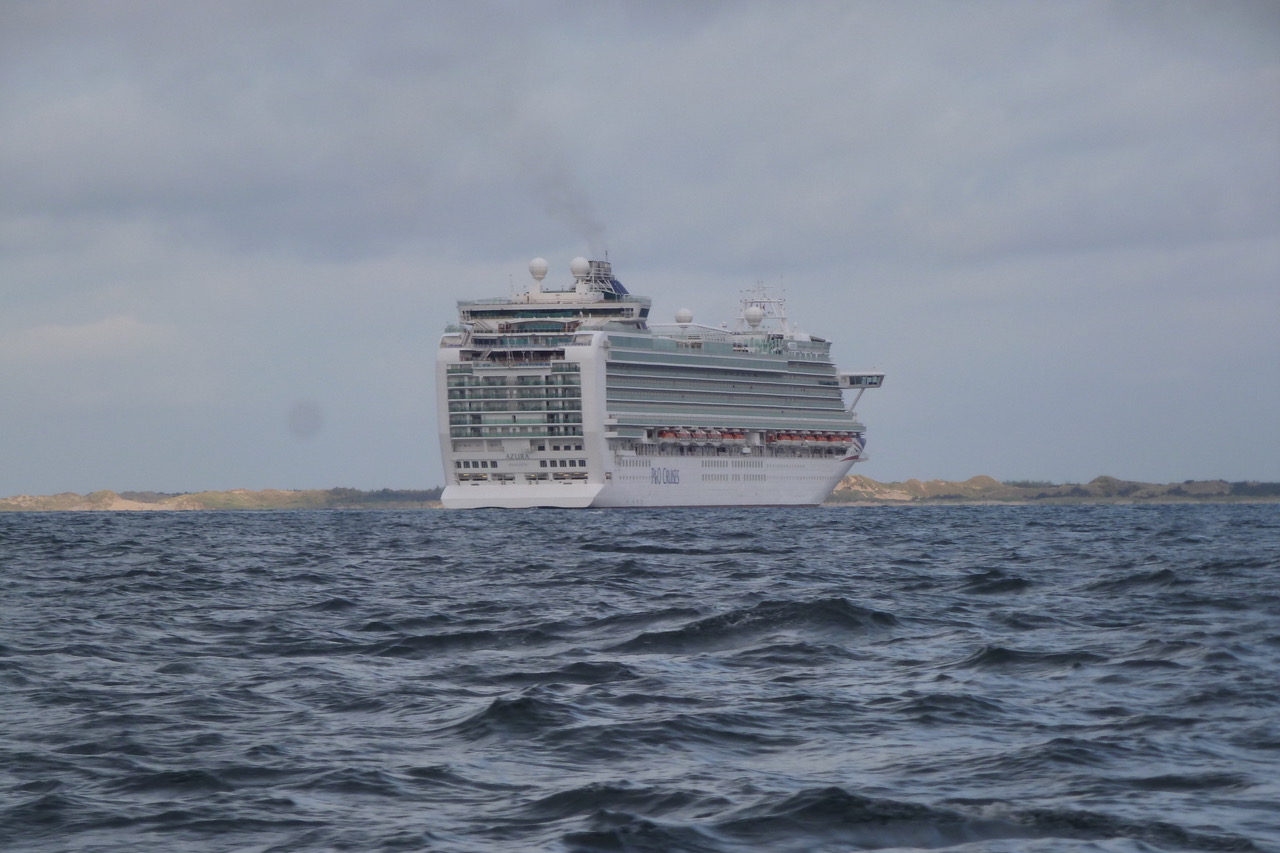 Or might a cruise ship be the better alternative? All the balloons and fanfare, plenty of opportunity for fine frocks and a new wonder to gaze upon every morning when the curtains silently part – guaranteed! Unsure of your sea legs? Fear not: stabilisers are installed to keep everything level in a swell and make sure the false teeth don’t slide off the counter in the night. Unless the power goes off, of course, in which case the pod drives shut down leaving the whole giant sardine tin liable to drift beam on to the waves until the shaking parts the furniture from the floor. There’s worse too: who can ever forget those images of the Costa Concordia and the nightmare tale of what can happen when an ill-judged cornering manoeuvre pits sheet metal against the submerged sharp end of a sizeable island?
Or might a cruise ship be the better alternative? All the balloons and fanfare, plenty of opportunity for fine frocks and a new wonder to gaze upon every morning when the curtains silently part – guaranteed! Unsure of your sea legs? Fear not: stabilisers are installed to keep everything level in a swell and make sure the false teeth don’t slide off the counter in the night. Unless the power goes off, of course, in which case the pod drives shut down leaving the whole giant sardine tin liable to drift beam on to the waves until the shaking parts the furniture from the floor. There’s worse too: who can ever forget those images of the Costa Concordia and the nightmare tale of what can happen when an ill-judged cornering manoeuvre pits sheet metal against the submerged sharp end of a sizeable island?
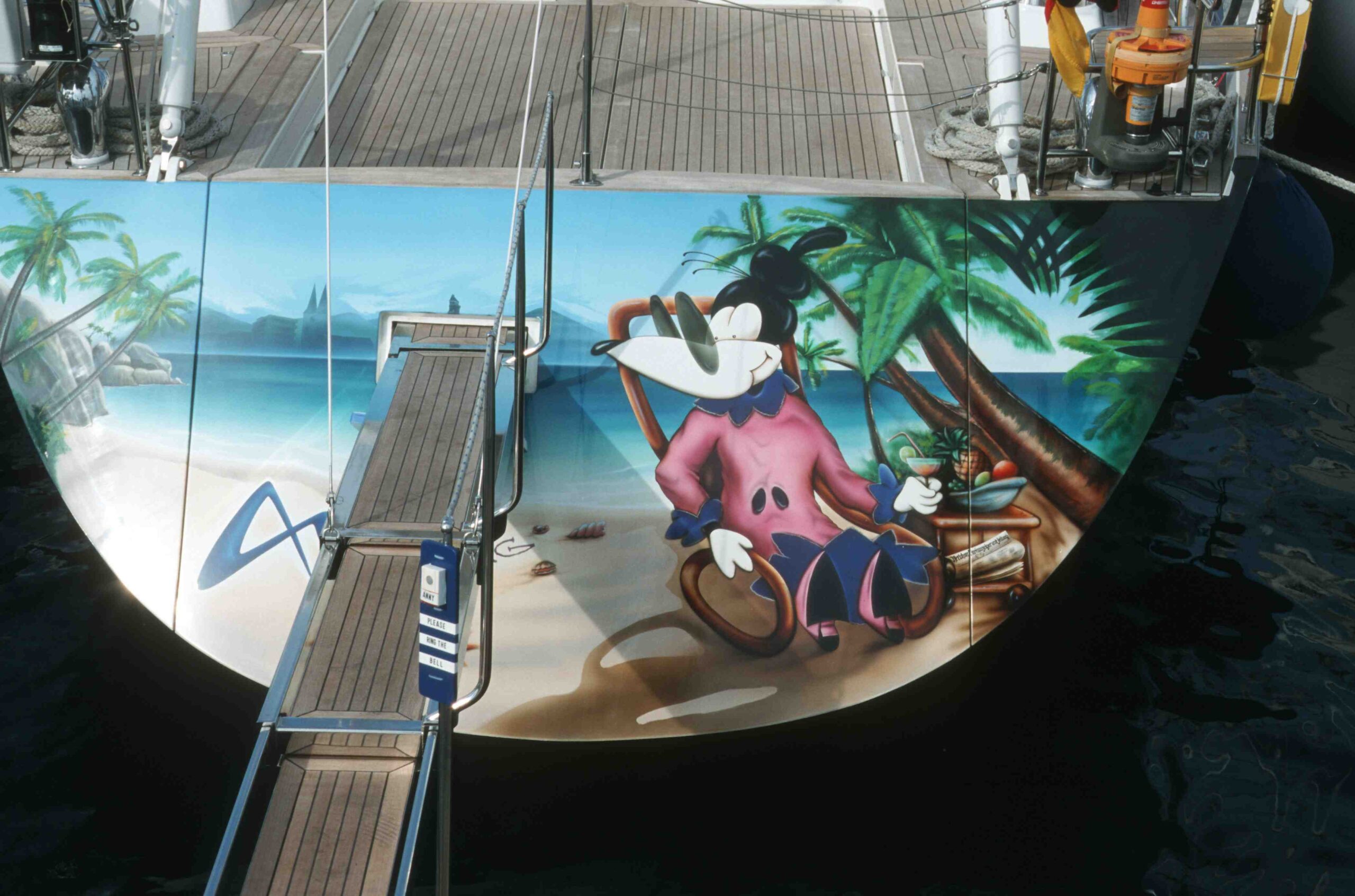 It could have carried on like this, business as usual forever. But then 2020 arrived and business as usual became most unusual. We have grit in the gears; the broadcast has been interrupted. Hence this epilogue.
It could have carried on like this, business as usual forever. But then 2020 arrived and business as usual became most unusual. We have grit in the gears; the broadcast has been interrupted. Hence this epilogue.
 The fleet-wise movements of recreational sailors have grown and grown in recent times, placing increasing pressure on popular destinations and their waters. While the Earth rotates to the East, sailing traffic moves in the opposite direction to minimise the time spent with inconvenient headwinds. The avalanche of boats cresting the Atlantic thins out somewhat West of Panama, with very few squeezing around the corner at Cape Town (word is around 140 international boats entered the Atlantic via the Cape of Good in July 2020). Eight to ten times as many boats transit the Panama Canal every year as make it back past South Africa, so there must have been some profound revision of plans going on somewhere along the way even before the pandemic.
The fleet-wise movements of recreational sailors have grown and grown in recent times, placing increasing pressure on popular destinations and their waters. While the Earth rotates to the East, sailing traffic moves in the opposite direction to minimise the time spent with inconvenient headwinds. The avalanche of boats cresting the Atlantic thins out somewhat West of Panama, with very few squeezing around the corner at Cape Town (word is around 140 international boats entered the Atlantic via the Cape of Good in July 2020). Eight to ten times as many boats transit the Panama Canal every year as make it back past South Africa, so there must have been some profound revision of plans going on somewhere along the way even before the pandemic.
A painstaking breakdown of global yacht movements in 2015 based on data presumably sourced from the customs authorities revealed all kinds of surprises. Who would have guessed that the delights of Hawaii consistently draw in only a few dozen visiting yachts a year, for example? Too far to go for a hula skirt?
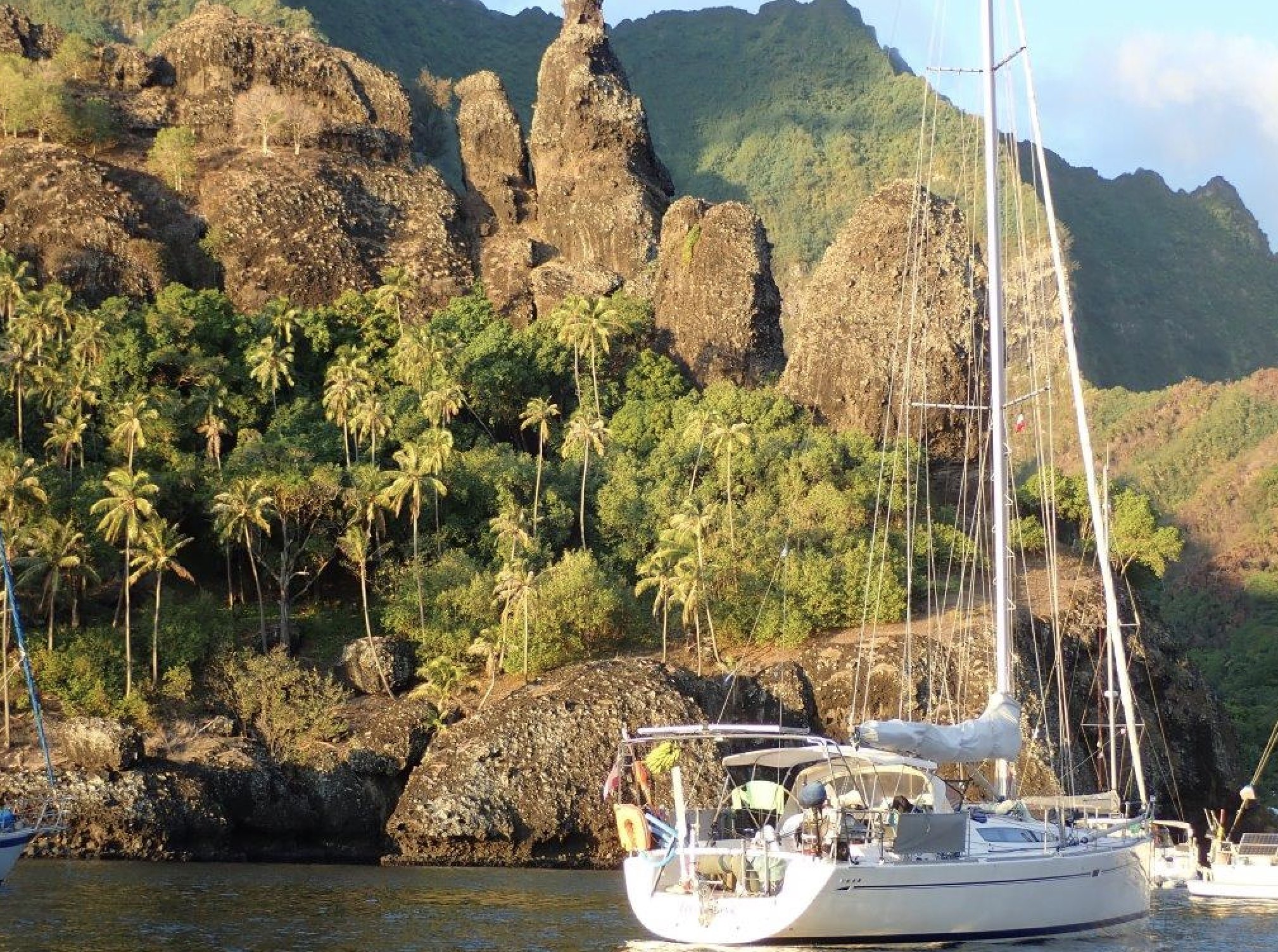
credit Wolfgang Wappl
The system creates a win-win-win scenario for owners who are able to visit the most beautiful spots on the planet one after another, condense the great global tour into a series of monthly excursions and take on the mantle of circumnavigator without, strictly speaking, having sailed around the world. Even some of the renowned sailing greats have been known to piggyback on a freighter to keep up with a challenging schedule – not that they’re likely to brag about it.
In a world in which benefits are constantly at the mercy of costs, Sevenstar’s dependable timetable has become an affordable alternative for many. The ships themselves make quite a spectacle too as they steam into Martinique, Ft. Lauderdale or wherever, partially submerge, load/unload their floating cargo, emerge once more from the waters and steam off back over the horizon again. Crazy times! But all good economic sense too, depending on one’s perspective.
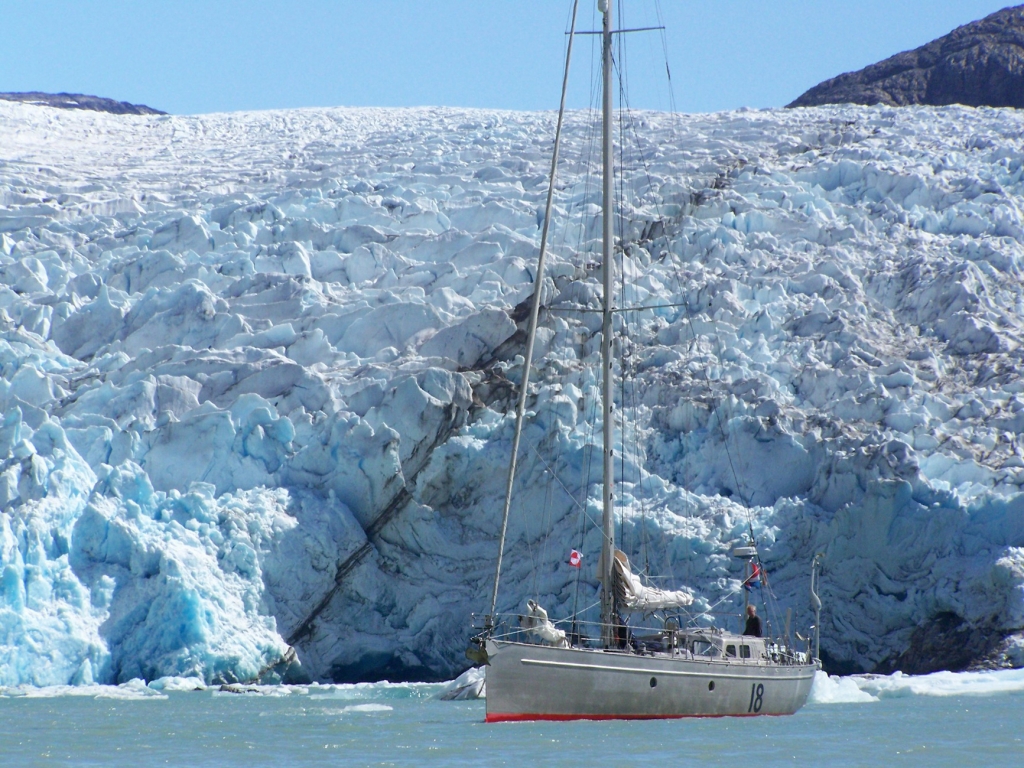
credit Gerard Dykstra
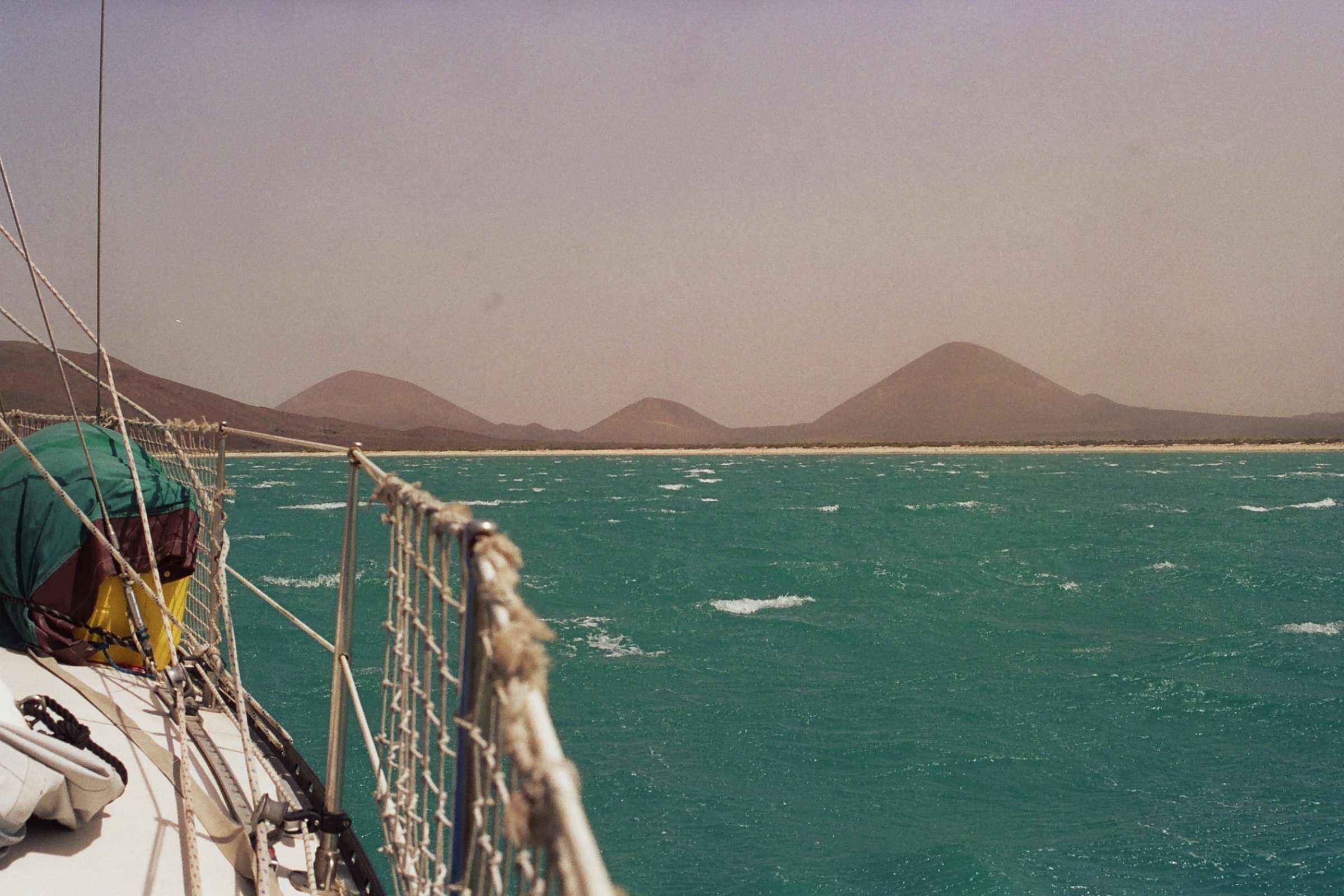
credit Douwe Fokkema
Now the world is holding its breath – especially in confined spaces and whenever anyone coughs. Breathing has become one of those things we actively think about in life, a life in which almost everything we took for granted has been upended and we can no longer avoid a humble acknowledgement of our ultimate insignificance.
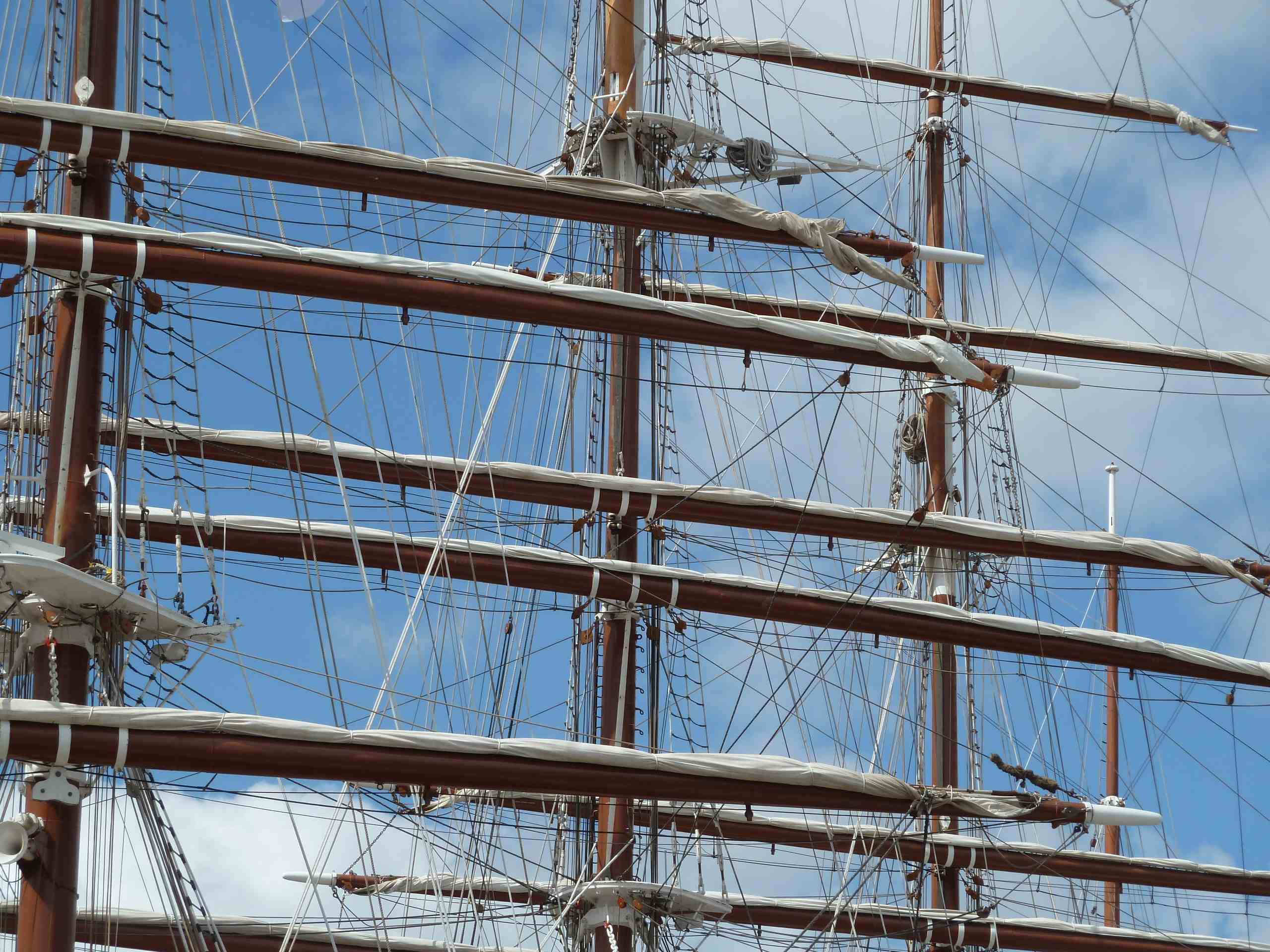 The situation at the time of writing (July 2020) is that coronavirus has pretty much halted the bluewater activity – dreams and reality alike – described above. Everything has changed. It is difficult (!) to predict what the future holds for the international cruising community, but having done my best to see through the fog of the events of recent months and studied the reports of a large number of sailors, I think it is possible to pick out some potentially informative trends and developments.
The situation at the time of writing (July 2020) is that coronavirus has pretty much halted the bluewater activity – dreams and reality alike – described above. Everything has changed. It is difficult (!) to predict what the future holds for the international cruising community, but having done my best to see through the fog of the events of recent months and studied the reports of a large number of sailors, I think it is possible to pick out some potentially informative trends and developments.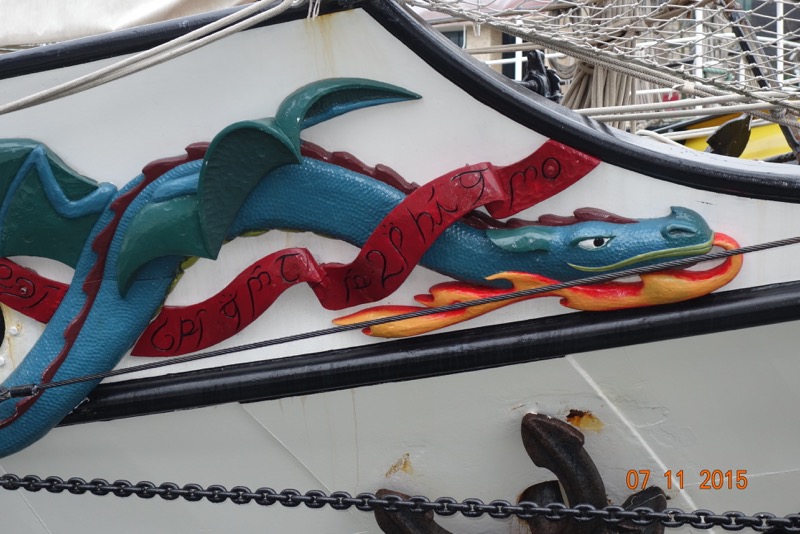 We couldn’t quite believe the tragedy unfolding in far-away Wuhan would reach our own towns and streets and the scale of the lockdown tsunami it triggered when it did is hard to comprehend even now. Which side of the wheel of fortune the many voyaging sailors around the world found themselves nailed to when coronavirus arrived came down to timing alone. Virtually all sailing activity worldwide ground to a halt, with the only exceptions being those few sailors already far from land who simply carried on ticking off the miles – with impeccable social distancing of course – until eventually reaching land to find (bureaucracy willing) that their weeks of self-isolation at sea would spare them the need to quarantine.
We couldn’t quite believe the tragedy unfolding in far-away Wuhan would reach our own towns and streets and the scale of the lockdown tsunami it triggered when it did is hard to comprehend even now. Which side of the wheel of fortune the many voyaging sailors around the world found themselves nailed to when coronavirus arrived came down to timing alone. Virtually all sailing activity worldwide ground to a halt, with the only exceptions being those few sailors already far from land who simply carried on ticking off the miles – with impeccable social distancing of course – until eventually reaching land to find (bureaucracy willing) that their weeks of self-isolation at sea would spare them the need to quarantine.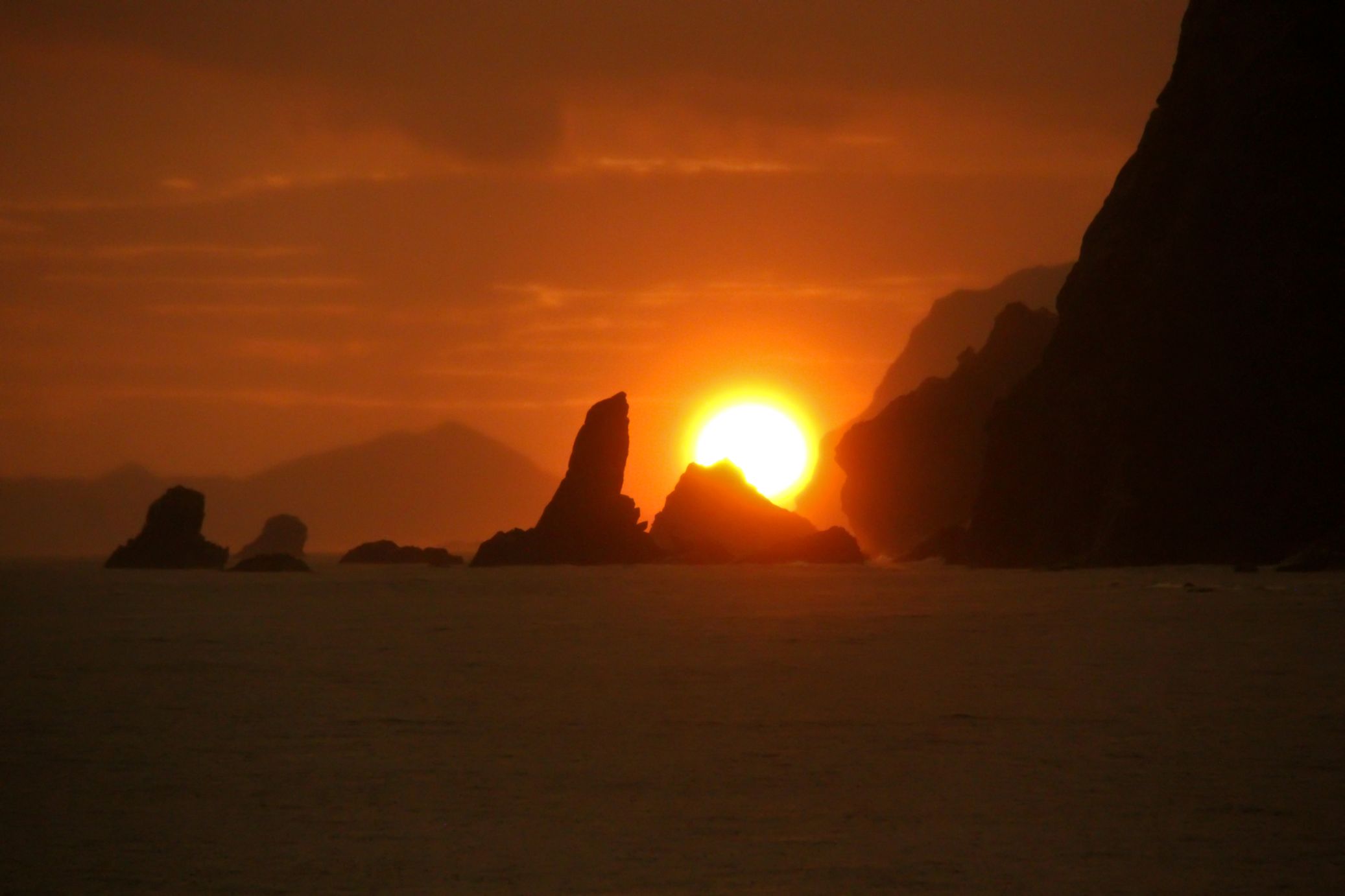 Many sailors saw the pot of gold at the end of their rainbow, the time in paradise on the other side of the world that motivates so many, brutally snatched away from them. The situation in French Polynesia soured dramatically as routine things like a trip to the doctor suddenly became impossible, food prices shot up and fresh goods became so scarce they could only be purchased once a week. Reports from sailors in the region reveal a roller-coaster of emotions ranging from disbelief at the unexpected things that have suddenly become essential (and scarce) to a desire to buy a plot of land and stay forever in the knowledge that unanticipated difficulties await in every direction and all options in terms of future destinations are out of the question due to quarantine measures. With otherwise safe anchorages now hugely overcrowded, hair-raising anchor watches a nightly routine rather than a rare exception and relations with the local population very strained due to competition for food in the supermarket, it isn’t difficult to imagine how sailors stranded thousands of miles from the relative security of home in what was supposed to be paradise might be feeling. Dreams years and decades in the crafting have been reduced to ash.
Many sailors saw the pot of gold at the end of their rainbow, the time in paradise on the other side of the world that motivates so many, brutally snatched away from them. The situation in French Polynesia soured dramatically as routine things like a trip to the doctor suddenly became impossible, food prices shot up and fresh goods became so scarce they could only be purchased once a week. Reports from sailors in the region reveal a roller-coaster of emotions ranging from disbelief at the unexpected things that have suddenly become essential (and scarce) to a desire to buy a plot of land and stay forever in the knowledge that unanticipated difficulties await in every direction and all options in terms of future destinations are out of the question due to quarantine measures. With otherwise safe anchorages now hugely overcrowded, hair-raising anchor watches a nightly routine rather than a rare exception and relations with the local population very strained due to competition for food in the supermarket, it isn’t difficult to imagine how sailors stranded thousands of miles from the relative security of home in what was supposed to be paradise might be feeling. Dreams years and decades in the crafting have been reduced to ash.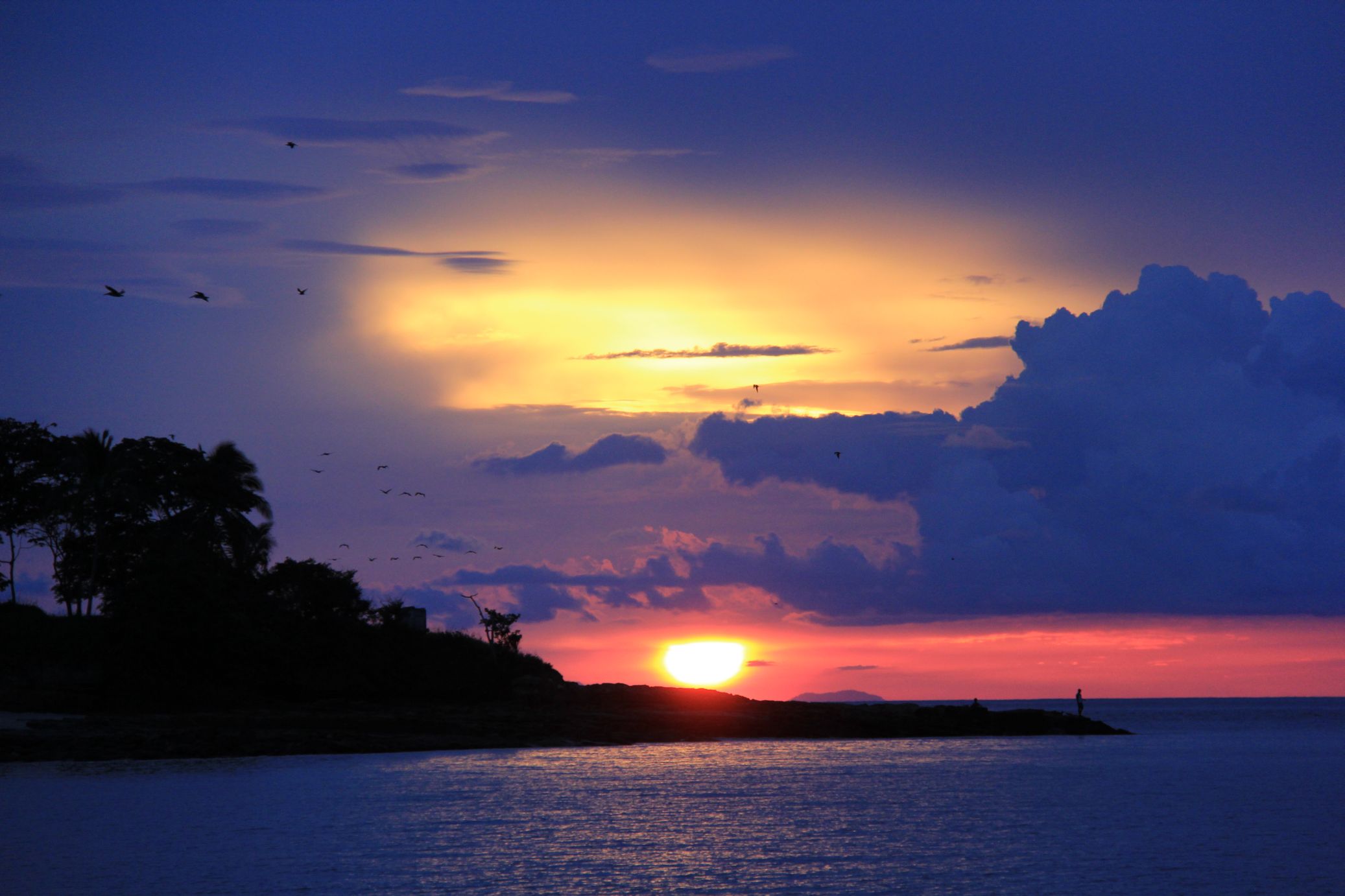
credit Tino Schumann
Some sailors cruising in New Zealand when the music stopped have gone incognito, even taking their online presence down, to avoid attracting attention from the authorities. The sailing community has quietly come together in response to shared concerns and the universal question of what next.
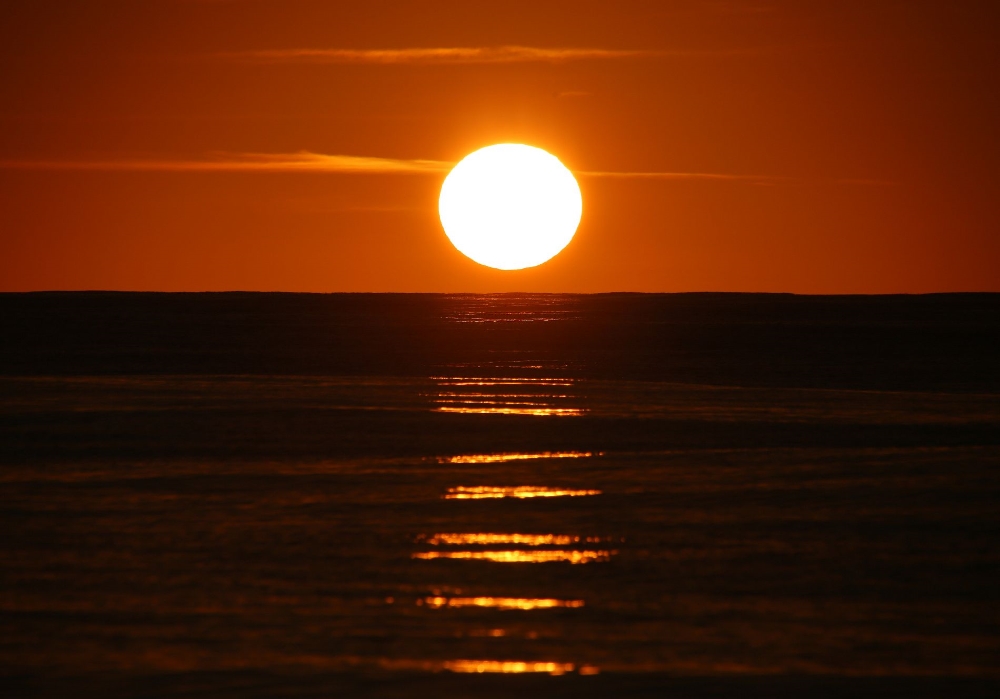 Reports from Honolulu speak of a relatively mild lockdown, although even here the changes made in an otherwise pulsating tourist haven would have been unimaginable until recently. Liveaboards on the island are apparently planning to carry on sailing.
Reports from Honolulu speak of a relatively mild lockdown, although even here the changes made in an otherwise pulsating tourist haven would have been unimaginable until recently. Liveaboards on the island are apparently planning to carry on sailing.
One German liveaboard traversed the remote Malay Archipelago, constantly on guard to avoid unwelcome inspections, before recently reaching a satisfactory harbour and parking his boat to fly home.
The crew of a US-flagged yacht who risked the short cut through the Red Sea to the Med on the way back from India looked on in horror as an unmanned drone, in the form of an open fishing boat with conspicuously powerful engines, shadowed their Beneteau at a distance of just a few metres before apparently deciding they weren’t worth the trouble of sinking. Their circumnavigation, which began in Boston in December 2018, ended back home 18 months later without another landfall.
Countless yachts inbound from St. Helena chose to head directly to Europe, which makes for a very, very long sail.
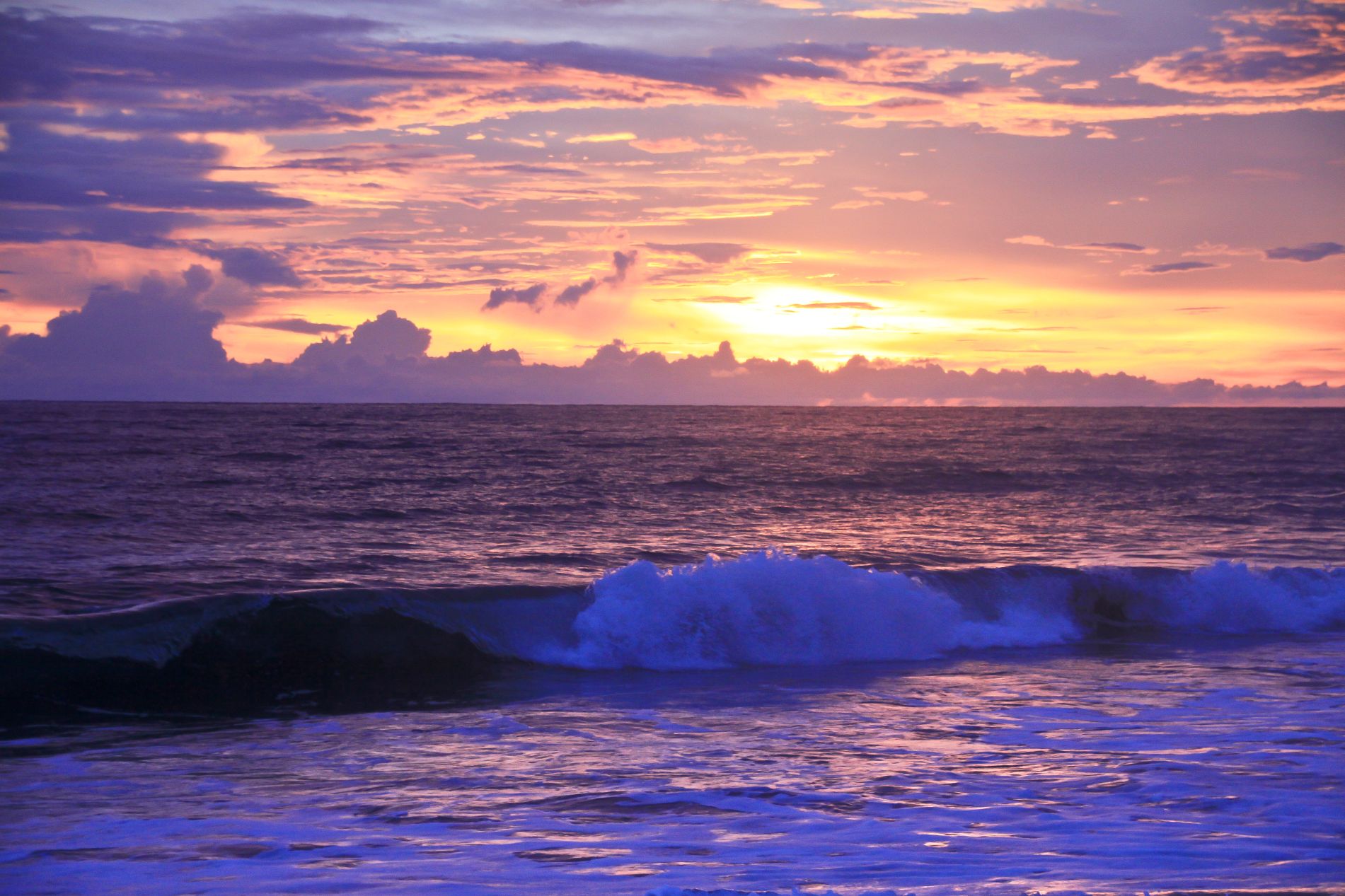 There were dramatic scenes in the Caribbean as hundreds of sailors fleeing the more northerly islands in search of a safer anchorage and somewhere to weigh their options before hurricane season found themselves struggling to squeeze into already crowded bays in the less vulnerable southerly destinations.
There were dramatic scenes in the Caribbean as hundreds of sailors fleeing the more northerly islands in search of a safer anchorage and somewhere to weigh their options before hurricane season found themselves struggling to squeeze into already crowded bays in the less vulnerable southerly destinations.
Thanks to the selfless efforts of the Salty Dawg Sailing Association, 252 boats were able to be moved to safer waters to the North. Some sailors who were not able to move their boat South faced surcharges from their insurer. I’m not sure I should mention it, but one German crew even sought help from the German Federal Foreign Office. They were apparently to ashamed to give their real names…
One particularly eye-catching update came from the American skipper of a Swan 48, a long-standing fixture of the scene, who shared a sober account of his unpleasant experiences with local authorities in a place in which he had been a familiar and appreciated presence for decades. This is a man who contributed enormously to the rebuilding of St. Maarten after the devastation of Hurricane Irma and surely had every right to expect a sympathetic hearing. What he received instead was a curt visit on his boat from the local customs telling him to leave immediately and an escort out of territorial waters to ensure that he did just that. The story even made waves in the USA.
 The list of extraordinary experiences to have come bluewater sailors’ way so far this year is almost endless: everyone out there afloat has their own unique story to tell. One factor common to all the accounts I have seen is the sailors’ ability to respond flexibly and adapt to the new situation. Sailors of course are used to finding ways to master novel challenges with just the resources to hand and are thus probably better suited to coping in our changing world than people unaccustomed to making decisions with consequences on their own. It seems to me that despite the North Atlantic conjuring up several bouts of lively weather to complicate matters this year, sailors making their way back to European shores have done a good job in the circumstances.
The list of extraordinary experiences to have come bluewater sailors’ way so far this year is almost endless: everyone out there afloat has their own unique story to tell. One factor common to all the accounts I have seen is the sailors’ ability to respond flexibly and adapt to the new situation. Sailors of course are used to finding ways to master novel challenges with just the resources to hand and are thus probably better suited to coping in our changing world than people unaccustomed to making decisions with consequences on their own. It seems to me that despite the North Atlantic conjuring up several bouts of lively weather to complicate matters this year, sailors making their way back to European shores have done a good job in the circumstances.
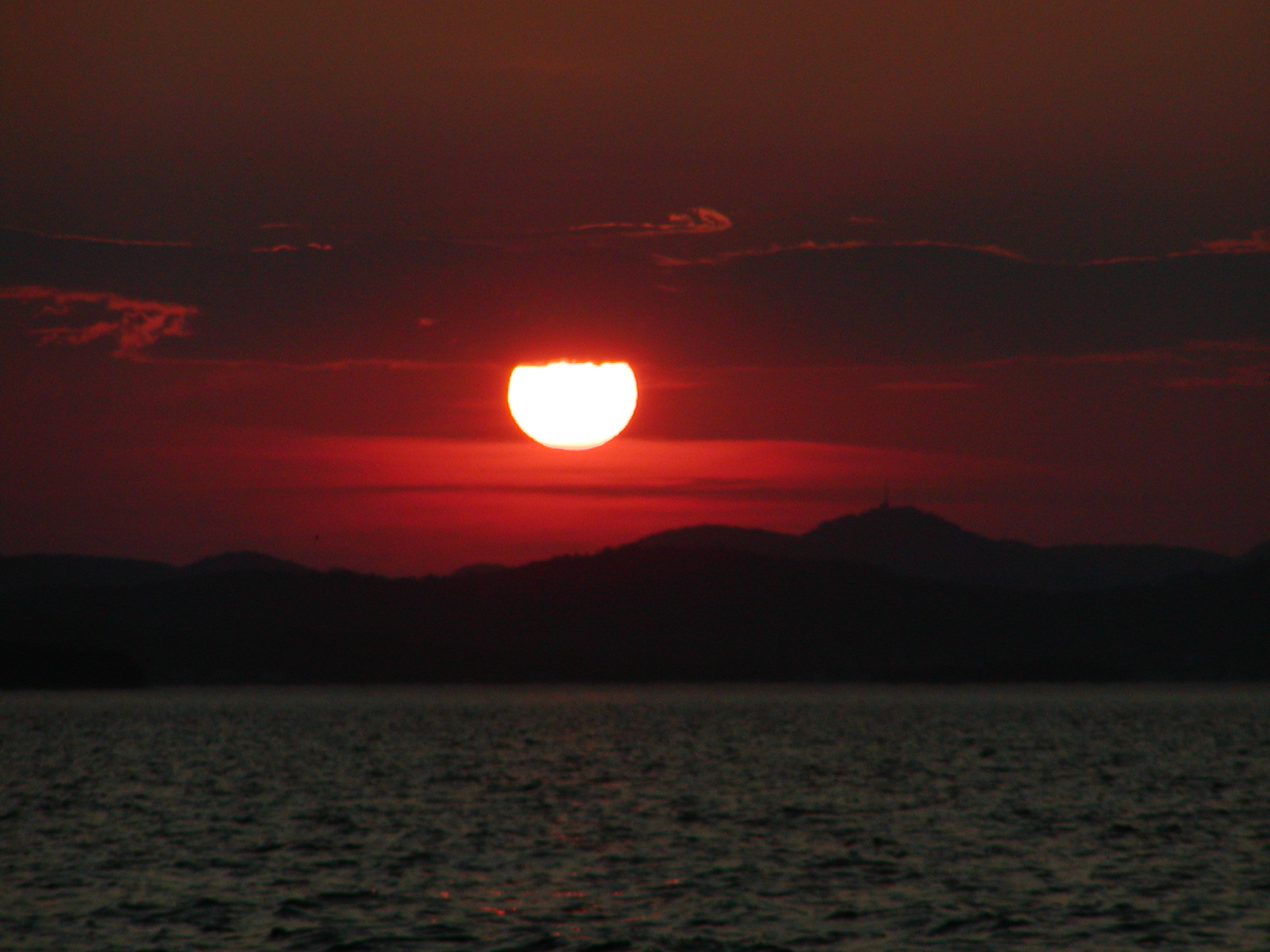 The pandemic has certainly deflated the dream of freedom at sea for the time being but it will never puncture the passion for sailing shared by all of us with salt water in our veins. Distance – and even isolation – are inherent in our sport, as is the ability to keep an eye on the bigger picture. We understand too that all over the world it is people who create the greatest hazards and we love the opportunity that sailing brings to leave all of that behind and, for a while at least, to live an independent life according to our own rules. It is second nature for us to synchronise our travel plans with meteorological developments, to monitor geopolitical developments carefully to avoid threats to our vessel and crew and to accept that there are certain parts of the world we have no business visiting.
The pandemic has certainly deflated the dream of freedom at sea for the time being but it will never puncture the passion for sailing shared by all of us with salt water in our veins. Distance – and even isolation – are inherent in our sport, as is the ability to keep an eye on the bigger picture. We understand too that all over the world it is people who create the greatest hazards and we love the opportunity that sailing brings to leave all of that behind and, for a while at least, to live an independent life according to our own rules. It is second nature for us to synchronise our travel plans with meteorological developments, to monitor geopolitical developments carefully to avoid threats to our vessel and crew and to accept that there are certain parts of the world we have no business visiting.
We will doubtless adapt our plans and objectives to the new situation. Perhaps we will explore our local areas more thoroughly and discover wonderful, previously overlooked corners on our own side of the ocean. Perhaps too we will rein in our yearning for far-flung destinations somewhat given that reaching them very often means flying and flying, as travellers around the world are starting to realise, means breathing in air that is not ours alone.
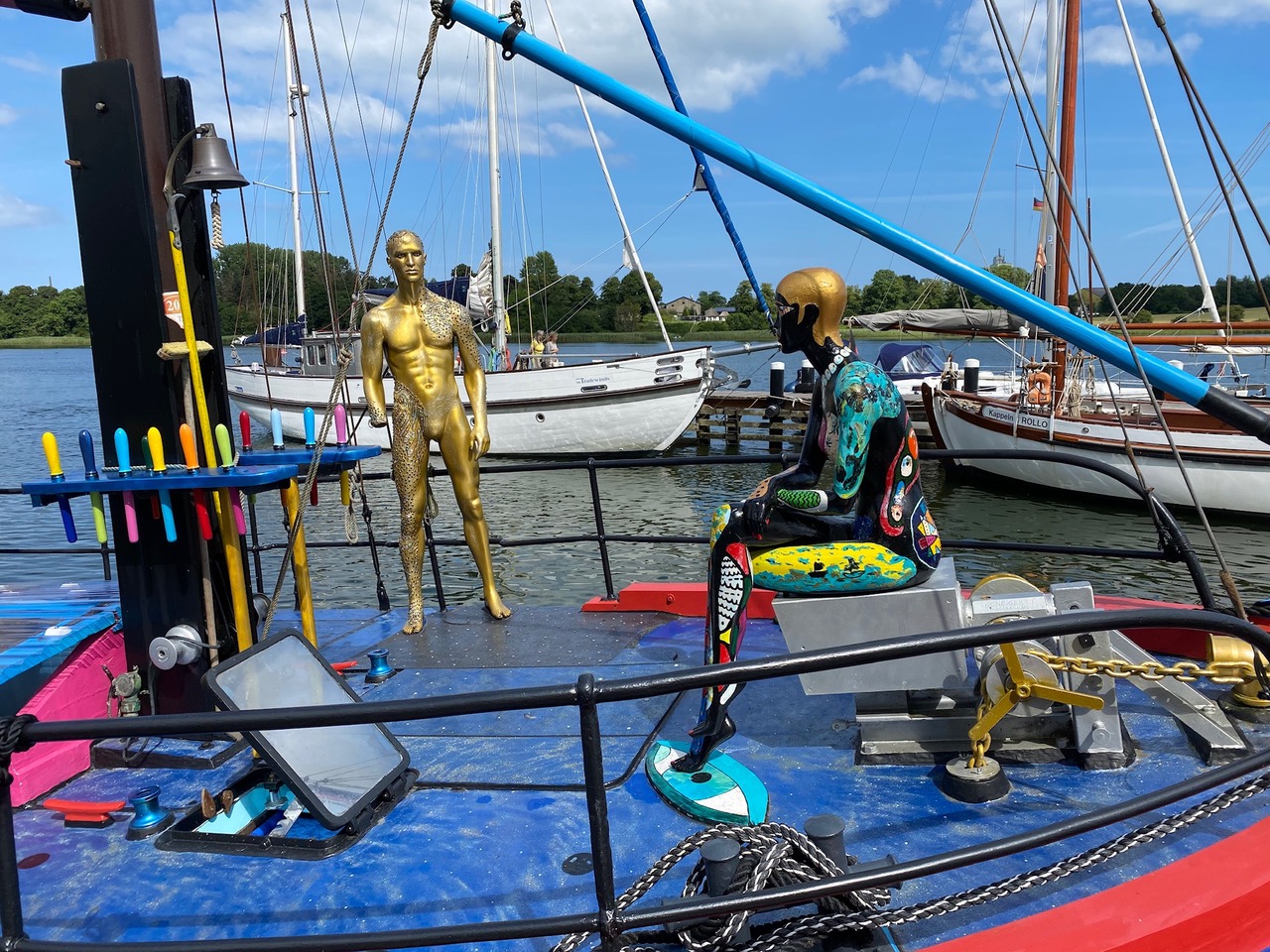 Embracing personal responsibility comes naturally to sailors: people unwilling or unable to take this step are unlikely ever to leave the shore. It’s that old story of the wheat and the chaff again…
Embracing personal responsibility comes naturally to sailors: people unwilling or unable to take this step are unlikely ever to leave the shore. It’s that old story of the wheat and the chaff again…
26.07.2020
Peter Foerthmann

































